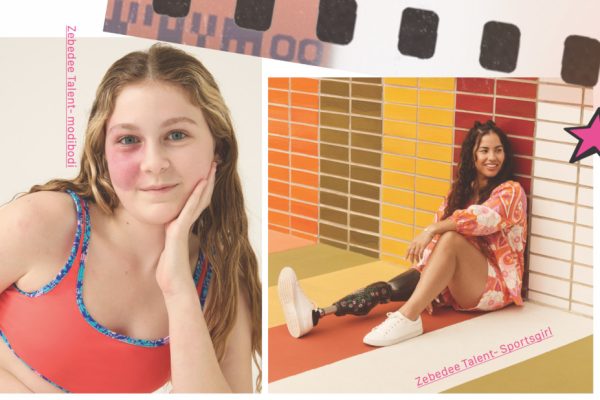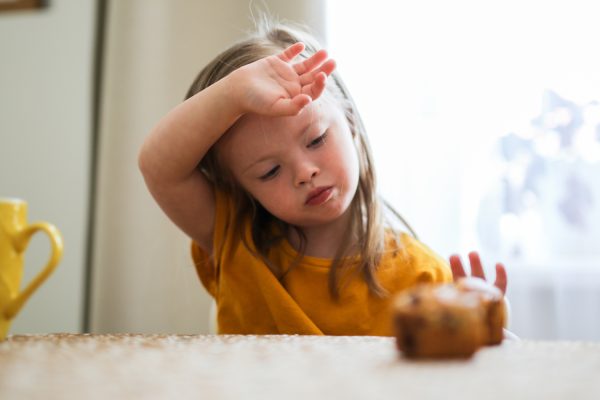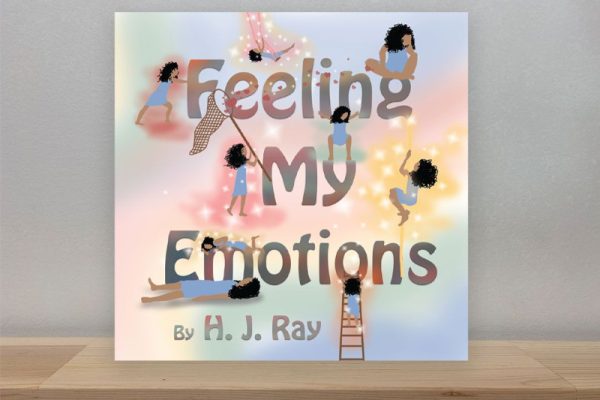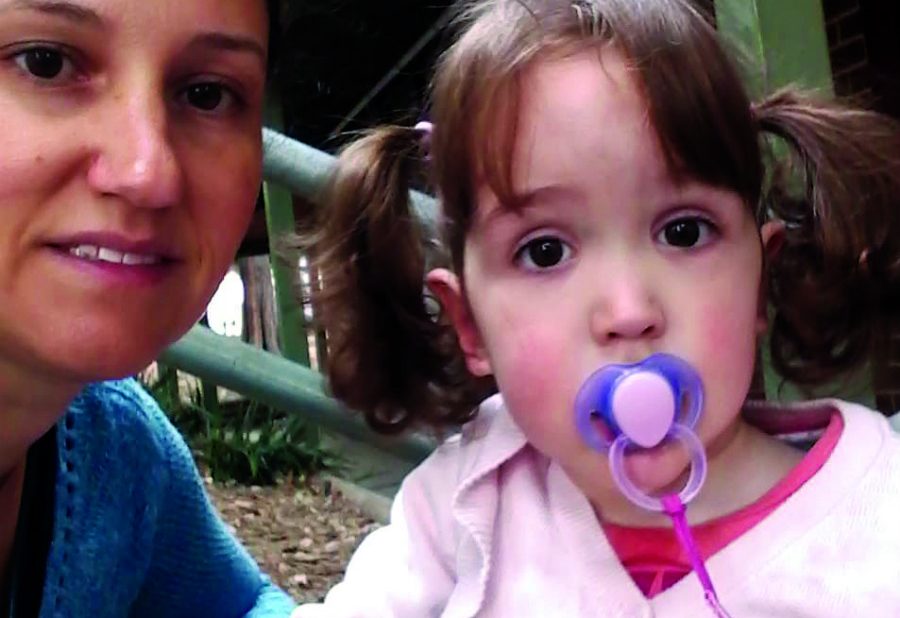
The Source Kids family profile: meet the Piccenna family
Our family consists of two adults and two kids. Our kids are 5 and 2 – Erica and Arianna. I am a Kiwi and papa is Italian but now an Australian citizen.
WHERE DO YOU LIVE?
We live in Five Dock, Sydney. It’s a great area with a strong Italian community and full of families. We are blessed to be part of a nice community.
WHAT IS YOUR CHILD’S DIAGNOSIS AND HOW DOES IT AFFECT THEM?
Arianna, two, has Sotos syndrome, an overgrowth syndrome which comes with early bone growth meaning she is a lot taller than other kids and has developmental delays. She didn’t walk until 23 months and has a tube for feeding. Recently she has also developed scoliosis so has to wear a brace. Her first seven weeks of life were spent in NICU with low blood sugars; she has something called hyperinsulinemia, so we knew there was something going on.
She has low muscle tone (hypotonia) and is pre-verbal. She makes a lot of babbling sounds and the odd word approximation comes out but she is not yet talking. She suffers from a lot of respiratory infections and seems to have poor lungs. She used to be hospitalised often but she’s got stronger over time, although colds drag on for weeks and weeks.
Sotos also affects her in some positive ways – she is a happy girl and very sweet and affectionate.
She sleeps very well now that health issues have subsided. She used to have sleep apnoea but has overcome this. It may not be part of her diagnosis, but she is very strong and determined.
WHAT LED TO THE DIAGNOSIS?
On my last scan at 37 weeks, Arianna was found to have enlarged ventricles in her brain. They couldn’t tell me why or what that meant but it was very scary. They mentioned things like autism and CP, or said it could be nothing. We had no idea what to expect. She was measuring big and they monitored her heart after that and I had a c-section at 38 weeks.
A paediatrician was on stand-by and noted she had low blood sugars. I was then transferred to Randwick children’s hospital NICU and we spent seven weeks there whilst they got her sugars under control and tried to work on what was ‘wrong’. It was an awful time. She couldn’t feed properly and had low tone. She had dysmorphic features – large ears, long fingers and a flat nasal bridge. Genetics was not sure what it was though. The next year was a roller coaster of tests and hospitalisations with an emergency surgery for fluid on the heart included in the mix. Over time as her height became more obvious along with her large head, genetics ran a gene panel associated with those features and when she was 20 months old it came back positive for Sotos syndrome.
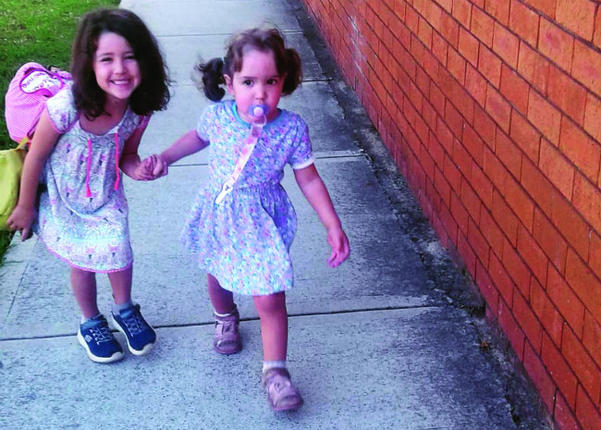
IS YOUR CHILD IN SCHOOL? HOW ARE THEY DOING/HOW ARE THEY SUPPORTED?
Arianna is in a day care that mainly has typically developing children attending but can also cater for children with additional needs. They have a speech therapist and an OT at the centre for advice. My therapists also go in and advise them on our particular goals for Arianna and how to help her.
They originally got a supported seat for her but she quickly outgrew the need for that and now walks around, albeit a bit like a drunken four-year-old. They help include her and use signs and pictures to help Arianna communicate whilst she is learning to vocalise.
WHAT THERAPIES DOES YOUR CHILD DO? DO YOU HAVE ANY TIPS/TRICKS FOR FITTING THERAPY INTO YOUR LIFE?
We currently have the following:
- OT monthly
- PT monthly
- Speech therapist who specialises in PROMPT therapy, weekly
- Conductive Education, every two weeks
- Music therapy weekly – we’ve just recently started this!
We have one big goal at a time with therapy. It was originally walking, so PT was the main focus of NDIS funding and my time at home. Now she is walking it has switched to speech. I find I can’t focus on all the goals at once, it is overwhelming, so I only focus on a key area at home. It also helps in terms of directing NDIS funding, which is not unlimited.
WHAT CURRENT GOALS DOES YOUR CHILD OR YOUR FAMILY HAVE?
Currently our focus is on helping Arianna to communicate. We do PROMPT therapy weekly as that seems to help children who have Sotos syndrome with making sounds. Her receptive language is much better than her expressive. We would also like to get her G-Tube removed too as she is eating most foods now. We just need her to be more confident drinking liquids. We also need to help her tolerate her brace which she wears for scoliosis and will need to wear throughout her childhood. If not she will need casting or multiple surgeries.
As a family we try to take each day at a time and enjoy time together. We would like to have more time as a couple, Alberto and I, as we have no family in the country. We are working on solutions to give us more 1-1 time when the children are at school such as perhaps he takes a Friday off occasionally and we see a movie during the day.
WHAT ADVICE WOULD YOU SHARE WITH SOMEONE STARTING OUT ON THE SPECIAL NEEDS JOURNEY?
This is not an easy life, but it can be a very meaningful life. You will get angry, sad, grieve and wonder why us, why my child… but over time those feelings subside and you learn to adapt.
You will find your gratitude and see your child as a life changing gift.
Reach out to other parents in the same boat, you are not alone.
I heard this the other day and I loved it – focus on how you can help your child reach their potential, not on when will they walk, or talk. I think that is great advice.
Don’t forget about you and your goals. You are important too and you need to create a balance between being a carer and being you! Don’t lose yourself in this identity. I work part-time and that helps me get my head out of all things special needs all the time. It is a steep learning curve learning all the jargon around medical things and therapy and it will consume you in the beginning, which is normal and necessary, but over time becomes less consuming I think. It is still early days for us too as Arianna is only two.
AND WHAT’S THE MOST ANNOYING/UNHELPFUL/ STRANGE ADVICE YOU’VE EVEN BEEN GIVEN?
‘Don’t dwell on it’ – probably the worst thing you say to someone going through anything as it completely invalidates their feelings and makes it sound like something trivial.
WHAT DO YOU DO FOR YOU TIME?
I have my Facebook page ‘Arianna’s Army’ which I do to help advocate for children and families with special needs and tell my daughter’s story. I work part-time in Marketing for a small agency. I like to watch CNN as I am a bit of a news junkie and get lost in the political dramas.
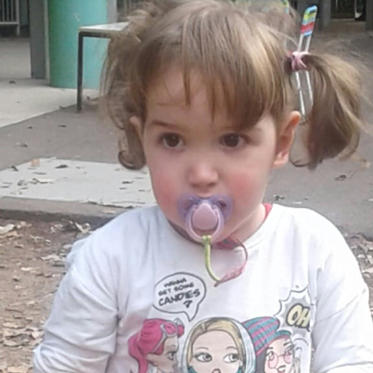

WHAT ARE YOUR HOPES FOR THE FUTURE?
I hope the world is more inclusive and understanding of people with special needs. I hope there is more support for special needs families and what they go through and things like the NDIS don’t have to be such a fight. I hope there are more cures for some of the particularly tough genetic diseases out there that can rob children of so much – sometimes their life. I hope people see value in my child and people with special needs and celebrate Arianna’s gifts instead of measuring her against what she is not yet able to do.
PRODUCTS WE LOVE:
Mighty Able – A clothing store which has T-Shirts with slogans I love that advocate for people with special needs. Ones like ‘Prove them wrong’, ‘Choose Inclusion’, ‘Mighty Rare’ and ‘Born to stand out’. www.mightyable.com
Super Power Baby Project – a book showcasing children with special needs which focuses on what they CAN do, not what they CAN’T. www.superpowerbabyproject.org
PEOPLE (OR BUSINESSES) WE LOVE:
The Miracle Project – Miracle Mamma by Natalie Roberts-Mazzeo. She supports families with special needs. www.miraclemama.com.au
The One in a Million Baby project – by Tessa Prebble. She has done some great podcasts raising awareness of families with special needs children, which are very inspiring. In the early days I worked through my grief listening to these and shedding a few tears. www.theoneinamillionbaby.com




